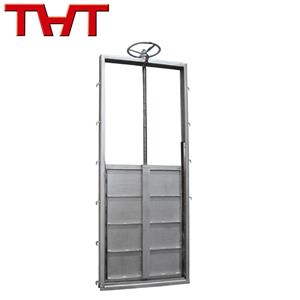What is the difference between a slide gate valve and a knife gate valve?
There are obvious differences between slide gate valves and knife gate valves in terms of structure, function and application scenarios:
1. Structural design
The gate of the sliding gate valve is flat in shape, and the sealing surface is usually made of hard alloy or rubber. The opening and closing are achieved by the horizontal sliding of the gate along the valve seat. The structure is relatively complex, and the sealing performance depends on the fit accuracy between the gate and the valve seat.
The gate of the ductile iron knife gate valve is in the shape of a blade, which can cut off fibers, particles and other impurities in the medium. It has a more compact structure. The sealing surface between the gate and the valve seat is mostly designed as a hard metal contact, which has strong wear resistance.
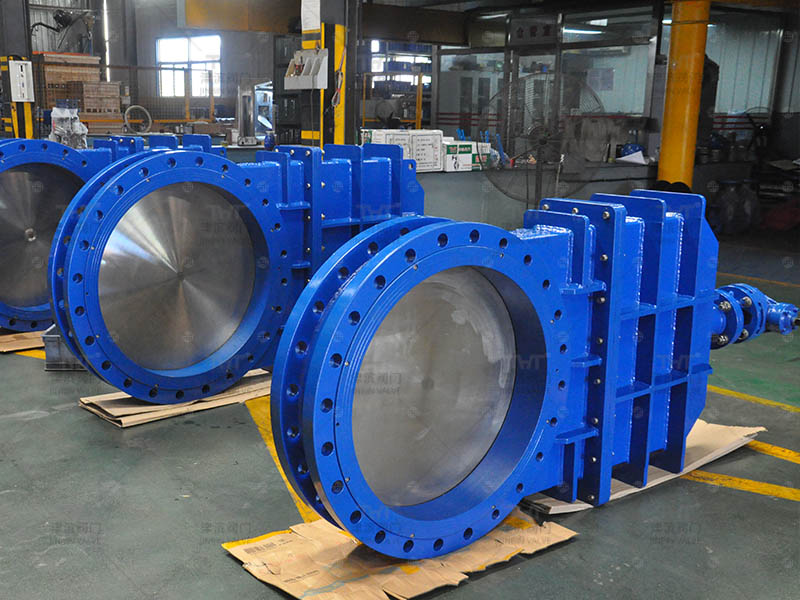
2. Sealing performance
The sliding gate valve has good sealing performance and is especially suitable for occasions with high leakage requirements (such as gas media). Some models are equipped with a double-sealing structure.
The sealing of the flange knife gate valve focuses on anti-wear and is suitable for media containing solid particles, slurry, etc. The sealing surface can be repaired by grinding, but the leakage is slightly larger than that of the slide plate gate valve.
3. Application Scenarios
Sliding gate valves are mostly used for cleaning media such as gas and oil products, or in pipeline systems that require strict sealing.
Motorized knife gate valve are more suitable for media containing impurities such as sewage, pulp, and coal powder, and are often used in fields such as metallurgy, mining, and environmental protection.
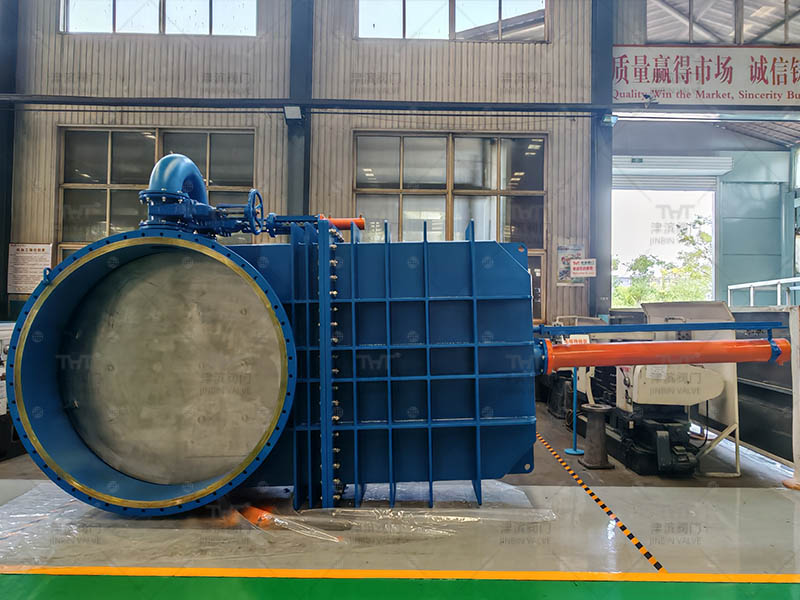
Jinbin Valve specializes in the production and customization of large-diameter knife gate valves. Big size knife gate valve (with a diameter of ≥DN300) are widely used in industrial pipelines due to their structural and performance advantages.
The knife-shaped gate plate can easily cut off fibers, particles or viscous substances (such as slurry, pulp) in the medium, preventing impurities from accumulating and blocking the valve. It is especially suitable for transporting media containing solid suspended matter, reducing the frequency of pipeline maintenance.
2. The valve body adopts a straight-through design, featuring low flow resistance and a short opening and closing stroke of the gate. When combined with electric or pneumatic actuators, it can achieve rapid opening and closing, reducing the operational difficulty of large-diameter valves and making it suitable for automation control scenarios.
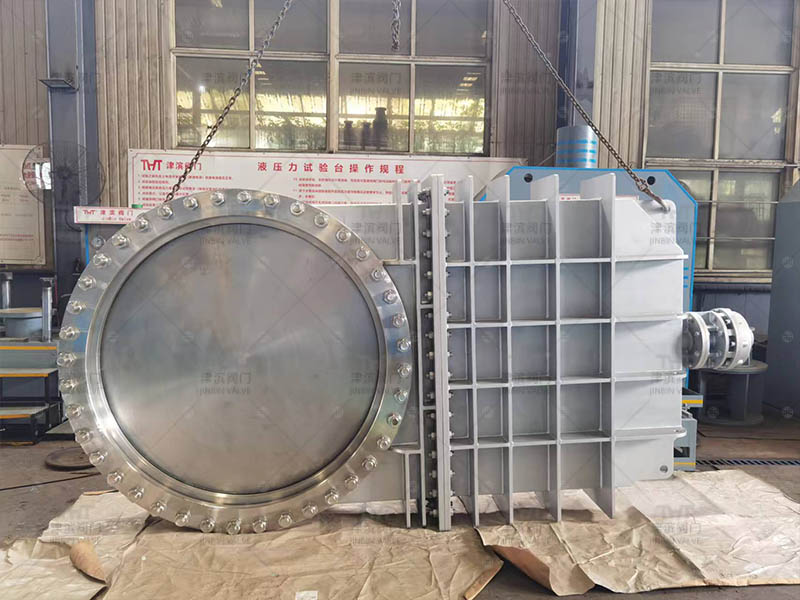
3. The sealing surfaces are mostly made of hard alloy or wear-resistant cast iron, which have strong anti-erosion performance. Even when used for a long time at high flow rates or in media containing particles, they can maintain good sealing performance and reduce replacement costs.
4. The valve body has a simple structure, is lighter in weight than other types of valves of the same diameter, and has low requirements for pipeline support during installation. The gate and valve seat can be disassembled and replaced separately. During maintenance, there is no need to replace the entire valve, reducing maintenance costs.
5. It can adapt to high temperature, high pressure and corrosive media (such as chemical wastewater, acidic slurry). By choosing corrosion-resistant materials (such as stainless steel, rubber-lined), it can meet the harsh working conditions of different industries and has strong versatility.
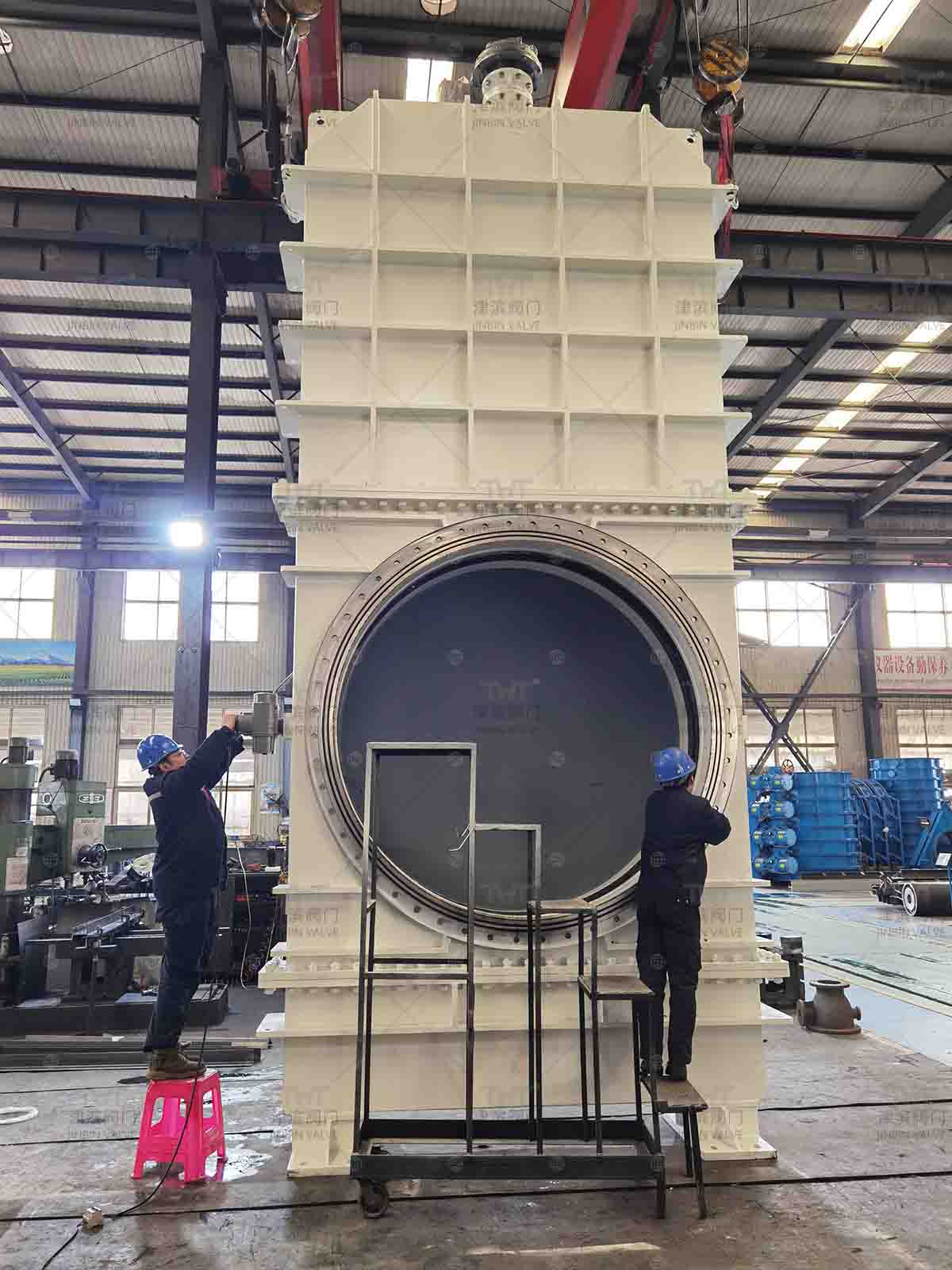
If you have any related needs, please contact us below and you will receive a reply within 24 hours!


